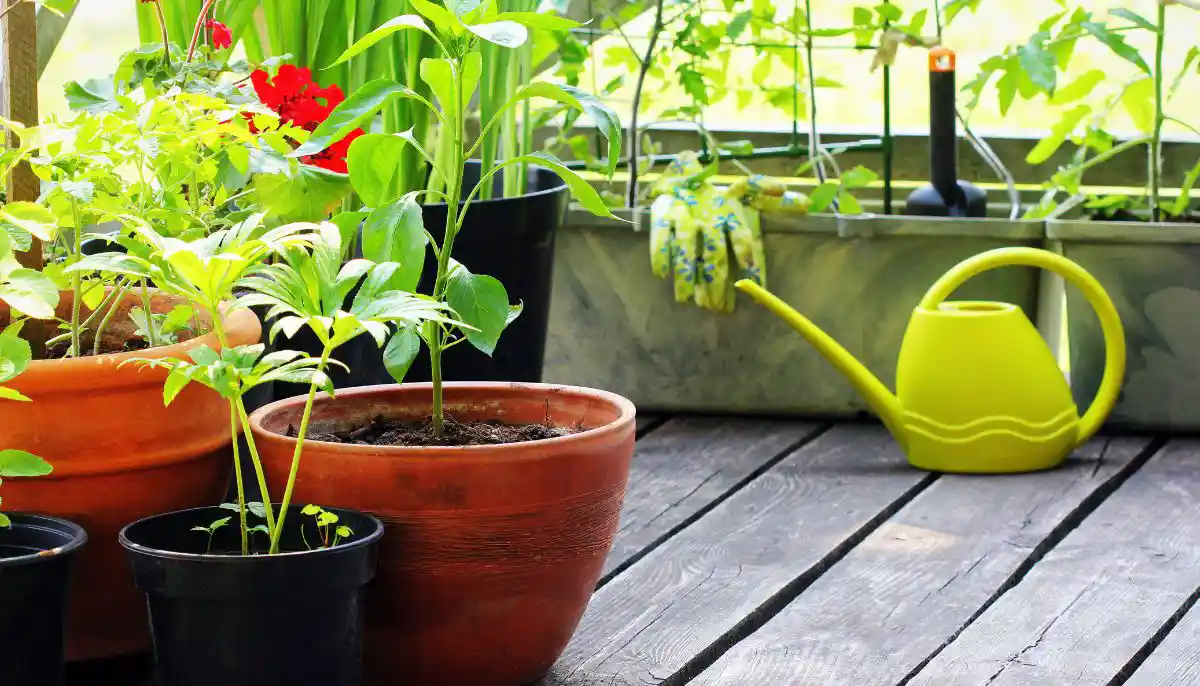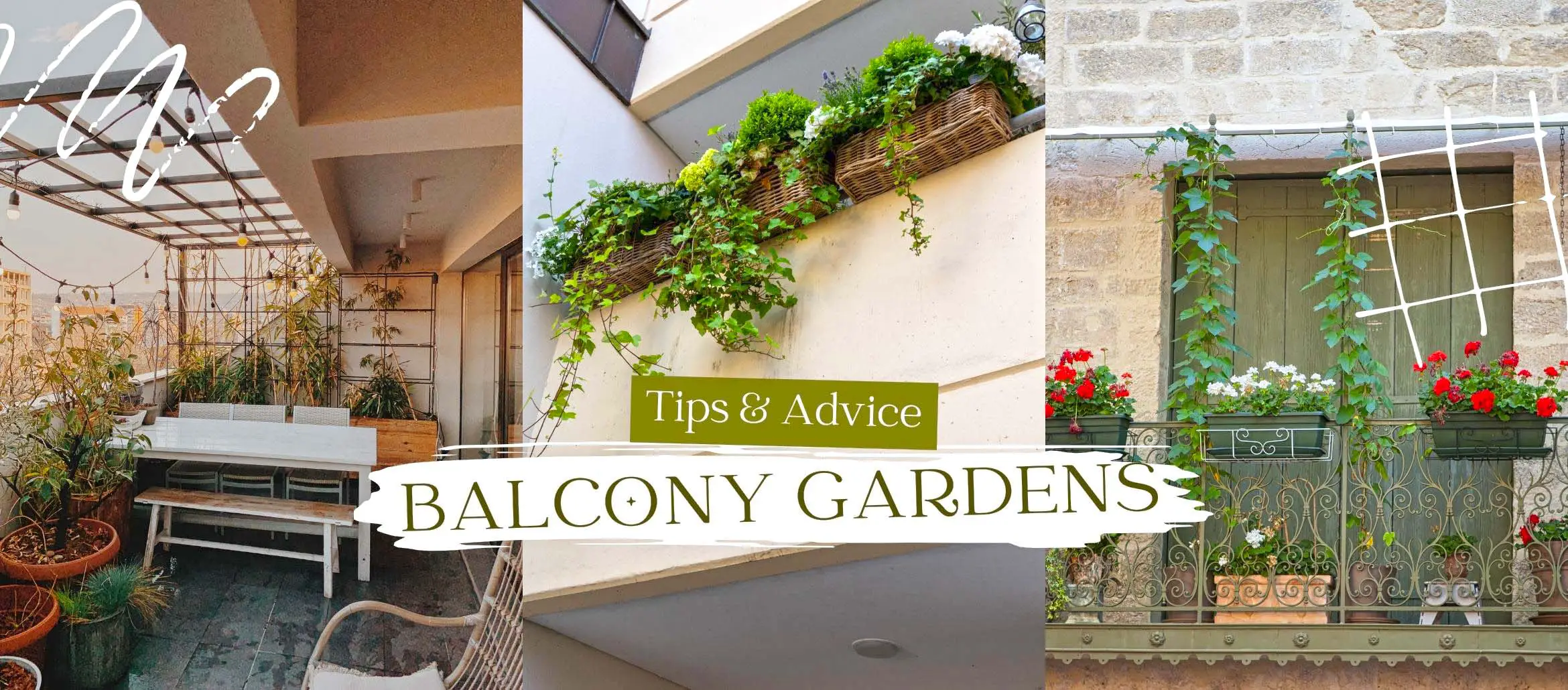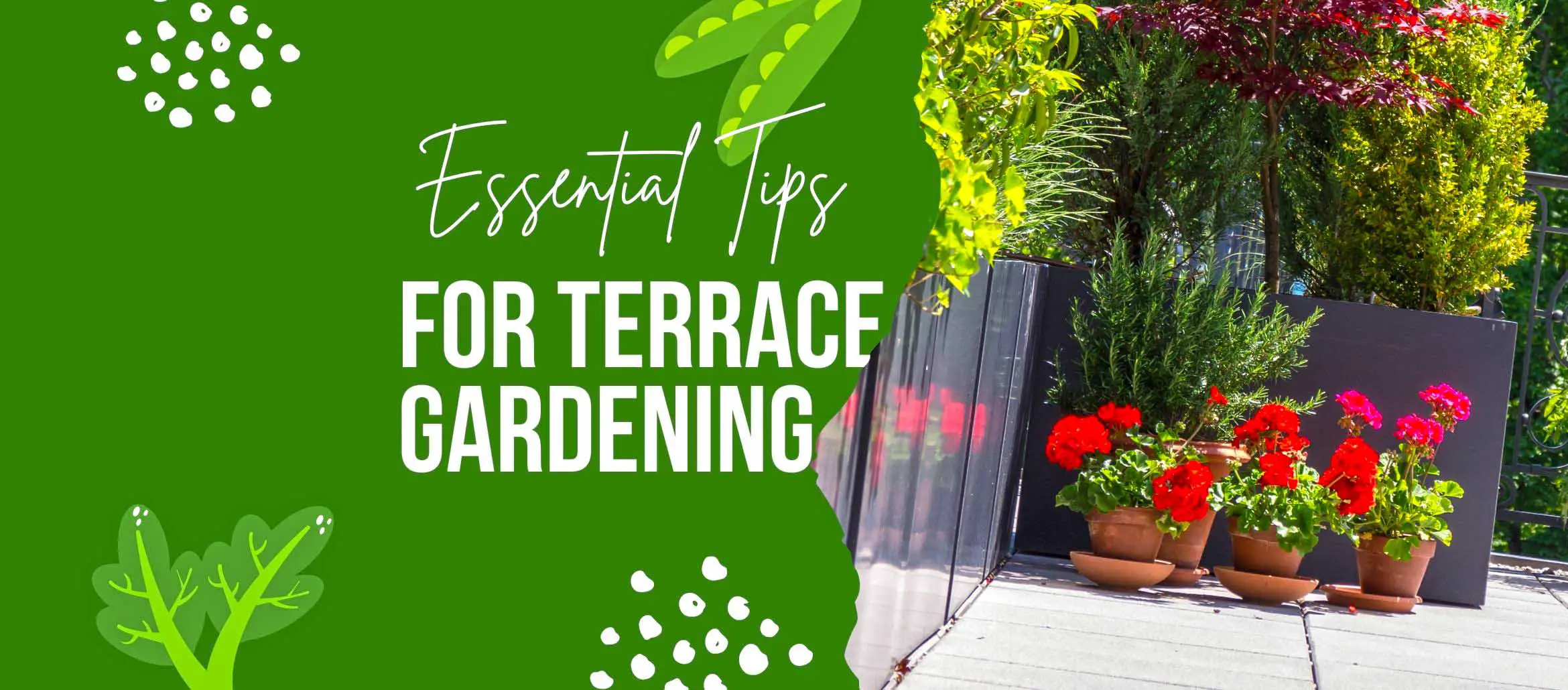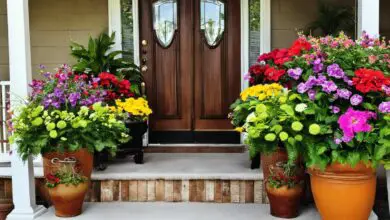Container Gardening: A Way of Growing Vegetables in the City
Growing your own vegetables is a rewarding experience that allows you to enjoy fresh and healthy produce right at your doorstep. However, living in a city often poses challenges regarding gardening due to limited space and urban environments. That’s where container gardening comes in—a practical and accessible solution for urban dwellers like myself.
Benefits of Container Gardening in Urban Areas
Container gardening offers a multitude of benefits that make it an ideal choice for city residents:
- Accessible Fresh Food: With a container garden, you can easily access fresh vegetables right outside your home. There is no need to rely solely on grocery stores for your produce.
- Utilization of Limited Space: Living in a city often means limited outdoor space. Container gardening allows you to make the most of your available space, whether it’s a balcony, rooftop, or even a sunny window sill.
- Improved Air Quality: Plants act as natural air purifiers, absorbing carbon dioxide and releasing oxygen. By creating a container garden, you contribute to improving the air quality in your urban environment.
- Aesthetic Enhancement: Container gardens add beauty and greenery to urban spaces. They can transform a dull balcony or rooftop into a vibrant oasis, enhancing the overall aesthetic appeal of your living area.
Health Benefits of Eating Fresh Vegetables
Growing your own vegetables not only benefits the environment but also your health. Here are some reasons why consuming fresh vegetables from your container garden is beneficial:
- Nutrient-Rich Diet: Freshly harvested vegetables contain essential vitamins, minerals, and antioxidants that contribute to a healthy diet and overall well-being.
- Reduced Chemical Exposure: By growing your own vegetables, you have control over the use of pesticides and fertilizers. This allows you to minimize chemical exposure and enjoy a healthier, organic option.
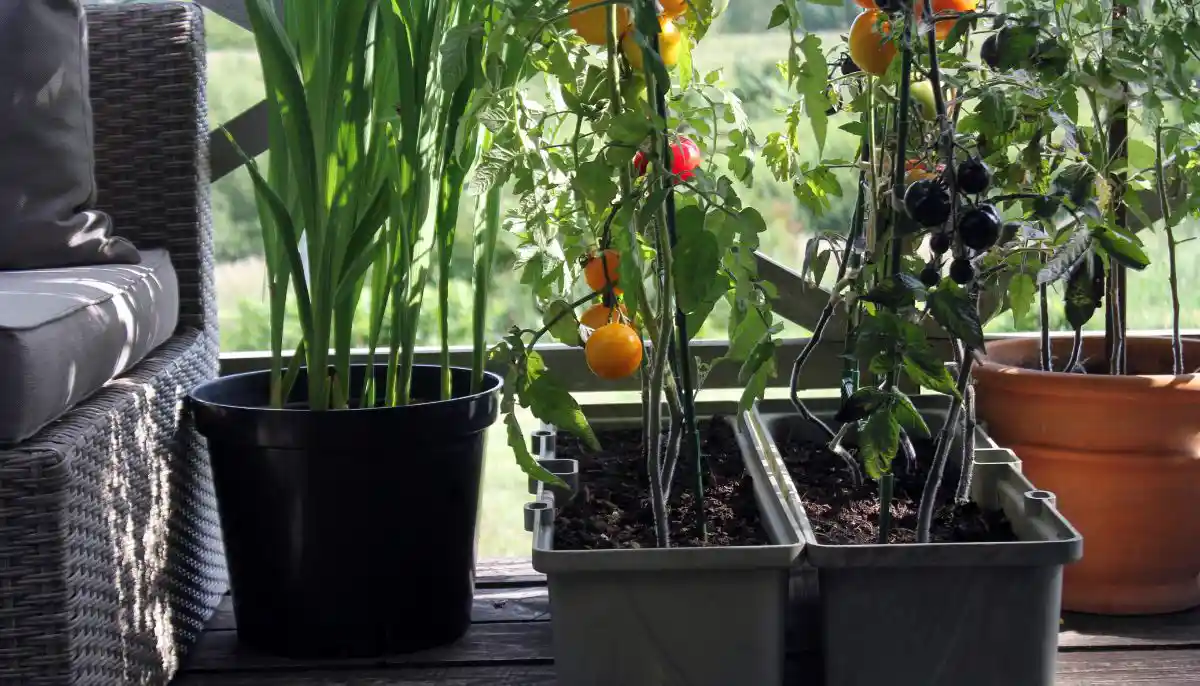
Economic Benefits of Container Gardening
Container gardening can also provide economic advantages for urban gardeners:
- Cost Savings: Growing your own vegetables can help you save money in the long run. Instead of purchasing produce from the market, you can enjoy the fruits of your labor without breaking the bank.
- Reduced Food Waste: With a container garden, you can harvest only what you need, reducing the chances of food waste. This not only saves money but also promotes sustainability.
Environmental Benefits of Urban Gardening
Container gardening is an environmentally friendly practice that contributes to a greener and more sustainable city:
- Conservation of Resources: Growing vegetables in containers reduces water usage compared to traditional gardening methods. Container gardens require less water as it is used directly by the plants, minimizing wastage.
- Biodiversity Promotion: Urban container gardens create small pockets of green space, promoting biodiversity within the city. Bees, butterflies, and other beneficial insects are attracted to these gardens, contributing to a healthier ecosystem.
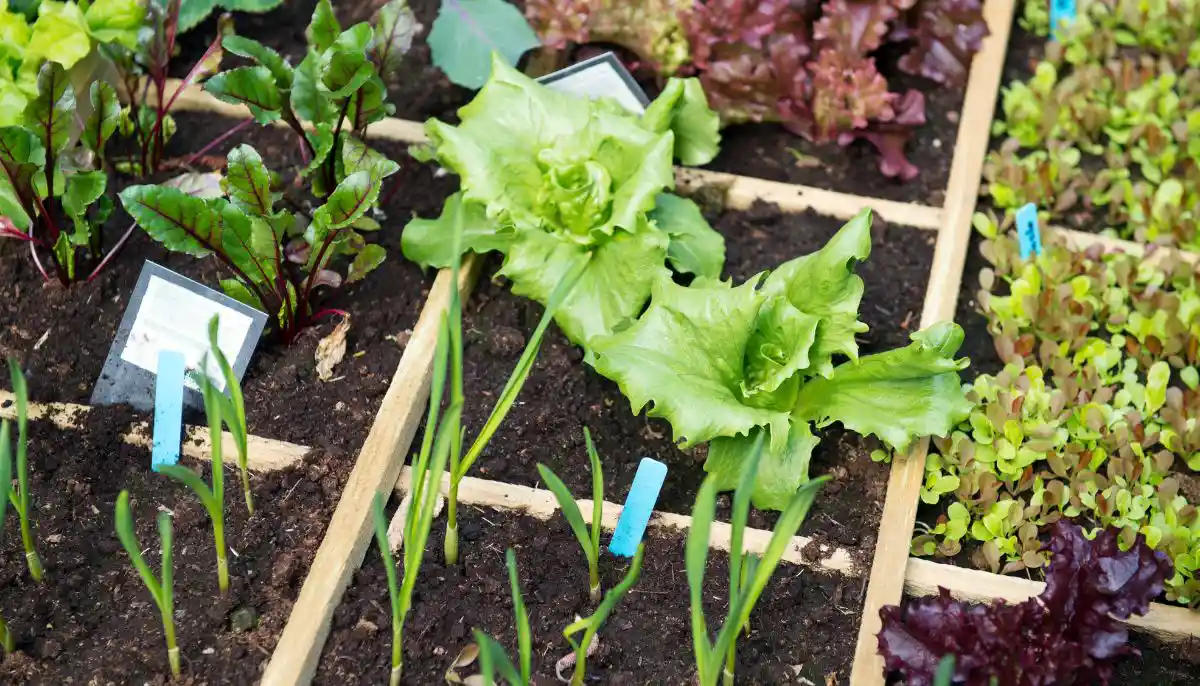
Choosing the Right Containers for Urban Gardening
When starting a container garden, choosing the right containers is crucial for the success of your plants. Consider the following factors:
- Size and Depth Considerations: Different plants require different container sizes and depths. Larger and deep-rooted plants, such as tomatoes, need spacious containers, while herbs can thrive in smaller pots.
- Material Options: Containers can be made of various materials, including clay, plastic, or wood. Each material has its pros and cons regarding durability, insulation, and water retention. Choose a material that suits your needs and preferences.
- Drainage and Watering Requirements: Proper drainage is essential to prevent waterlogging and root rot. Ensure your containers have drainage holes, and use a well-draining potting mix. Consider using self-watering containers or drip irrigation systems for efficient watering.
Creative Container Gardening Ideas
Container gardens offer endless possibilities for creativity and design. Here are some ideas to inspire your urban gardening journey:
- Vertical Gardens: Utilize vertical space by installing trellises, hanging baskets, or wall-mounted planters. This maximizes the use of limited space and adds a visually appealing element to your garden.
- Window Sill and Balcony Gardens: Transform your window sills or balcony into a mini garden. Utilize railing planters, window boxes, or tiered shelves to create a delightful green space.
- Community and Rooftop Gardens: Engage with your community by participating in community gardens or rooftop gardening initiatives. These shared spaces foster a sense of community and provide opportunities for collective learning and enjoyment.
Selecting the Ideal Vegetables for Container Gardening
Not all vegetables are suitable for container gardening. Consider the following factors when selecting vegetables for your urban garden:
- Compact and Dwarf Varieties: Opt for varieties specifically bred for container gardening. Compact and dwarf varieties take up less space and are well-suited for smaller containers.
- Fast-Growing Vegetables: Choose vegetables with a shorter growing period, allowing you to enjoy the harvest sooner. Radishes, lettuce, and green beans are examples of fast-growing vegetables.
- Vertical Gardening Options: Vining plants, such as cucumbers, beans, and peas, can be trained to grow vertically using trellises or stakes. This optimizes space utilization and adds an attractive vertical element to your garden.
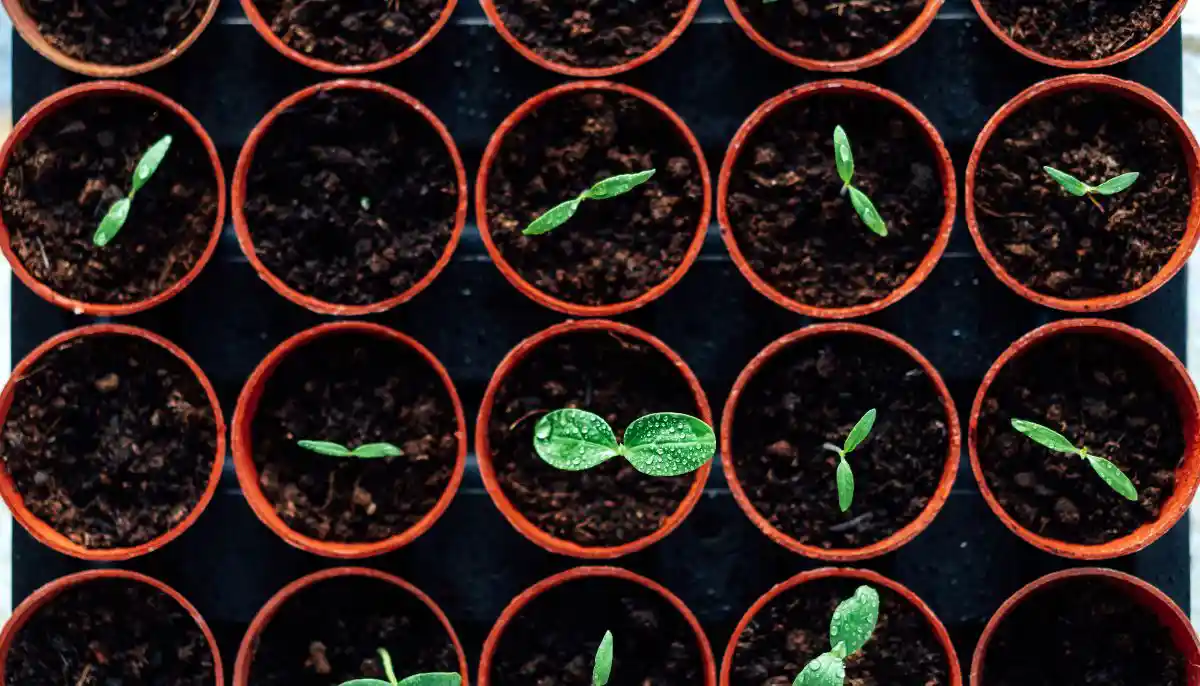
The Best Vegetables for Containers
Certain vegetables thrive in container environments. Consider including these vegetables in your urban container garden:
- Leafy Greens: Lettuce, spinach, kale, and Swiss chard are excellent choices for container gardening. They grow quickly and can be harvested leaf by leaf, allowing for continuous harvests.
- Tomatoes: Compact varieties of tomatoes, such as cherry or patio tomatoes, are well-suited for containers. They provide a bountiful harvest and add vibrant colors to your garden.
- Herbs: Herbs like basil, parsley, mint, and rosemary are perfect for container gardens. They require minimal space, and their aromatic foliage adds flavor to your culinary creations.
Maximizing Yield in Your Urban Container Garden
To make the most of your container garden, follow these tips to maximize your yield:
Adequate Sunlight: Place your containers in areas that receive at least 6-8 hours of direct sunlight daily. Most vegetables require ample sunlight to grow and produce a plentiful harvest.
Proper Watering and Fertilizing: Container plants need consistent watering to thrive. Monitor soil moisture levels and water when the top inch of soil feels dry. Use a balanced organic fertilizer to provide essential nutrients for healthy growth.
Pruning and Training: Regularly prune your plants to remove dead or diseased foliage and promote airflow. Train vining plants to grow vertically to maximize space and encourage better fruiting.
Essential Tools and Supplies for Urban Container Gardening
Equipping yourself with the right tools and supplies will make your container gardening journey more enjoyable and efficient. Here are some essentials:
Potting Soil and Fertilizers: Use a high-quality potting mix specifically formulated for container gardening. Consider organic fertilizers to provide essential nutrients to your plants.
Containers and Planters: Choose containers that suit the needs of your plants in terms of size, depth, and material. Consider self-watering containers or planters with built-in trellises for added convenience.
Watering Tools: Invest in watering cans, hose attachments, or drip irrigation systems to efficiently water your container garden. Ensure that your containers have proper drainage to prevent overwatering.
Pruning and Harvesting Equipment: Keep a pair of pruning shears or scissors handy for pruning and harvesting. This helps maintain plant health and allows you to enjoy the fruits of your labor.
Setting Up Your Urban Container Garden
Follow these steps to set up your urban container garden:
- Choosing the Right Location: Select a location that receives adequate sunlight and is easily accessible for maintenance. Consider factors such as wind exposure and proximity to water sources.
- Sunlight Requirements: Ensure that your chosen location receives sufficient sunlight, as most vegetables require at least 6-8 hours of direct sunlight per day. Observe the sunlight patterns throughout the day to determine the best placement for your containers.
- Arranging Containers for Optimal Growth: Organize your containers to maximize space and allow for proper airflow. Place taller plants towards the back and shorter plants towards the front to ensure everyone gets enough sunlight.
Seasonal Container Gardening
Adapt your container garden to the changing seasons for year-round enjoyment. Consider the following tips for seasonal container gardening:
- Spring: Start with cool-season crops like lettuce, spinach, and radishes. These vegetables thrive in cooler temperatures and can be harvested early in the season.
- Summer: Transition to warm-season crops like tomatoes, peppers, and cucumbers. These plants require ample sunlight and warmer temperatures to flourish.
- Fall: Plant cool-season crops again as temperatures start to drop. Leafy greens, carrots, and beets are excellent choices for fall container gardening.
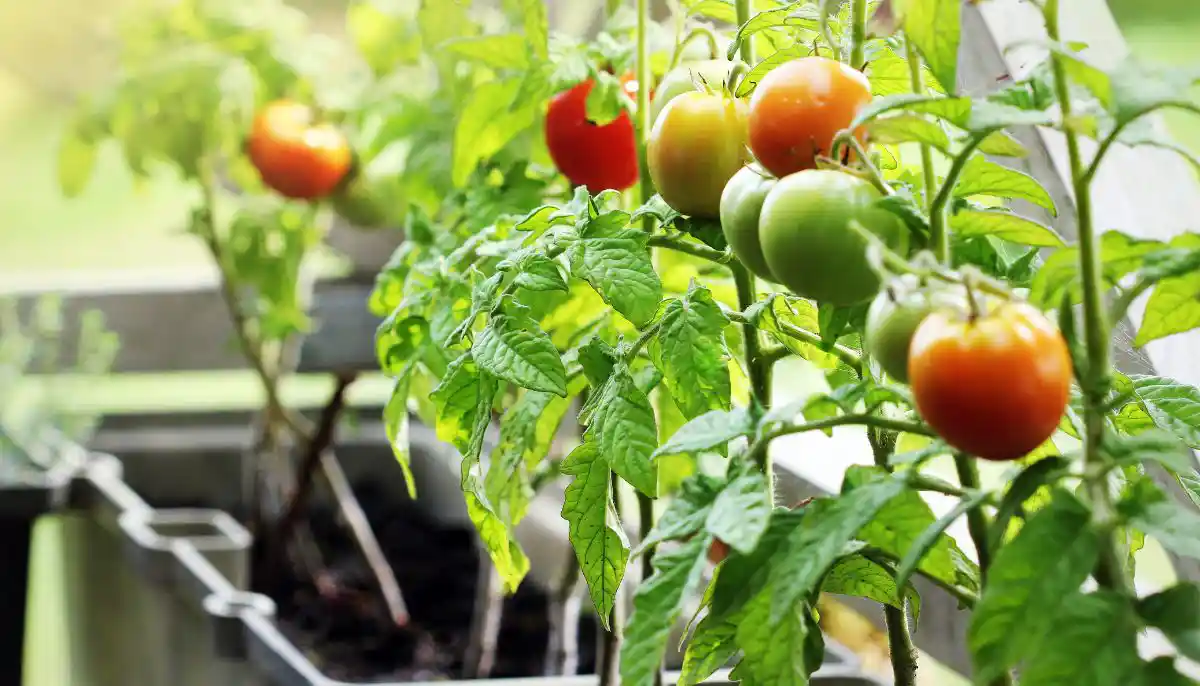
Maintaining and Caring for Your Urban Vegetable Garden
Regular maintenance is essential for the health and productivity of your container garden. Follow these guidelines for proper care:
- Watering and Fertilizing Schedule: Monitor soil moisture levels and water your containers when the top inch of soil feels dry. Follow a regular fertilizing schedule to provide nutrients to your plants as the fertilizer packaging recommends.
- Pest and Disease Management: Keep an eye out for common pests like aphids, snails, and slugs. Use organic pest control methods or consult your local garden center for suitable solutions. Remove any diseased or infested plants promptly to prevent the spread of diseases.
- Pruning and Training Techniques: Regularly prune your plants to remove dead or damaged foliage. Train vining plants to grow vertically using trellises or stakes to promote healthier growth and better fruiting.
- Harvesting and Replanting: Harvest your vegetables when they are ripe and ready. Enjoy the fruits of your labor in your favorite recipes. After harvesting, replant your containers with new crops to continue the cycle of growth.
Troubleshooting Common Issues in Container Gardening
Despite your best efforts, you may encounter some common issues while container gardening. Here are a few troubleshooting tips:
- Overwatering: Excessive watering can lead to root rot and other fungal diseases. Ensure proper drainage in your containers and water only when the top inch of soil feels dry to the touch.
- Underwatering: Neglecting to water your plants can result in wilting and stunted growth. Check the soil’s moisture level regularly and water as needed, ensuring the water reaches the root zone.
- Nutrient Deficiencies: Yellowing leaves or stunted growth may indicate nutrient deficiencies. Use organic fertilizers or compost to replenish the nutrients in the soil and maintain healthy plant growth.
- Pests and Diseases: Keep an eye out for pests such as aphids, whiteflies, or caterpillars. To manage infestations, organic pest control methods like neem oil or insecticidal soaps. Remove affected plants promptly to prevent further spread if you notice signs of disease.
Harvesting and Enjoying the Fruits of Your Labor
The joy of container gardening culminates in the moment of harvest. When it’s time to reap the rewards, here are some tips to ensure a successful harvest:
- Harvesting at the Right Time: Different vegetables have varying maturity times. Follow the guidelines on the seed packet or plant label to determine the optimal time for harvesting. A gentle tug or a simple taste test can help you determine if the vegetables are ready.
- Proper Harvesting Techniques: Use clean pruning shears or scissors to harvest your vegetables. Cut the vegetables carefully to avoid damaging the plants. Leafy greens can be harvested by plucking the outer leaves, allowing the inner leaves to continue growing.
- Enjoying Fresh Produce: Take pride in your homegrown vegetables by incorporating them into delicious meals. From salads to stir-fries, soups to smoothies, the possibilities are endless. Cooking with your own harvest adds flavor, nutrition, and a sense of accomplishment to your meals.
Conclusion
Container gardening offers a practical and accessible way to grow fresh vegetables in urban areas. It allows you to overcome space limitations while reaping the numerous benefits of gardening. From improved air quality to access to fresh produce and cost savings, container gardening is a rewarding journey for the environment and your well-being.
You can create a thriving container garden in your urban space by choosing the right containers, selecting suitable vegetables, and providing proper care. Embrace the joy of watching your plants grow, and savor the satisfaction of harvesting your own homegrown vegetables.
So, roll up your sleeves, gather your pots, and prepare to embark on an exciting adventure in container gardening. Discover the joys of nurturing nature and cultivating your own urban oasis. Whether you have a small balcony, rooftop, or sunny window sill, container gardening empowers you to connect with nature, enhance your surroundings, and enjoy the bountiful rewards of growing your own vegetables in the city.
